Topic / Food & Agriculture / In-depth
Science of Precision Fermentation
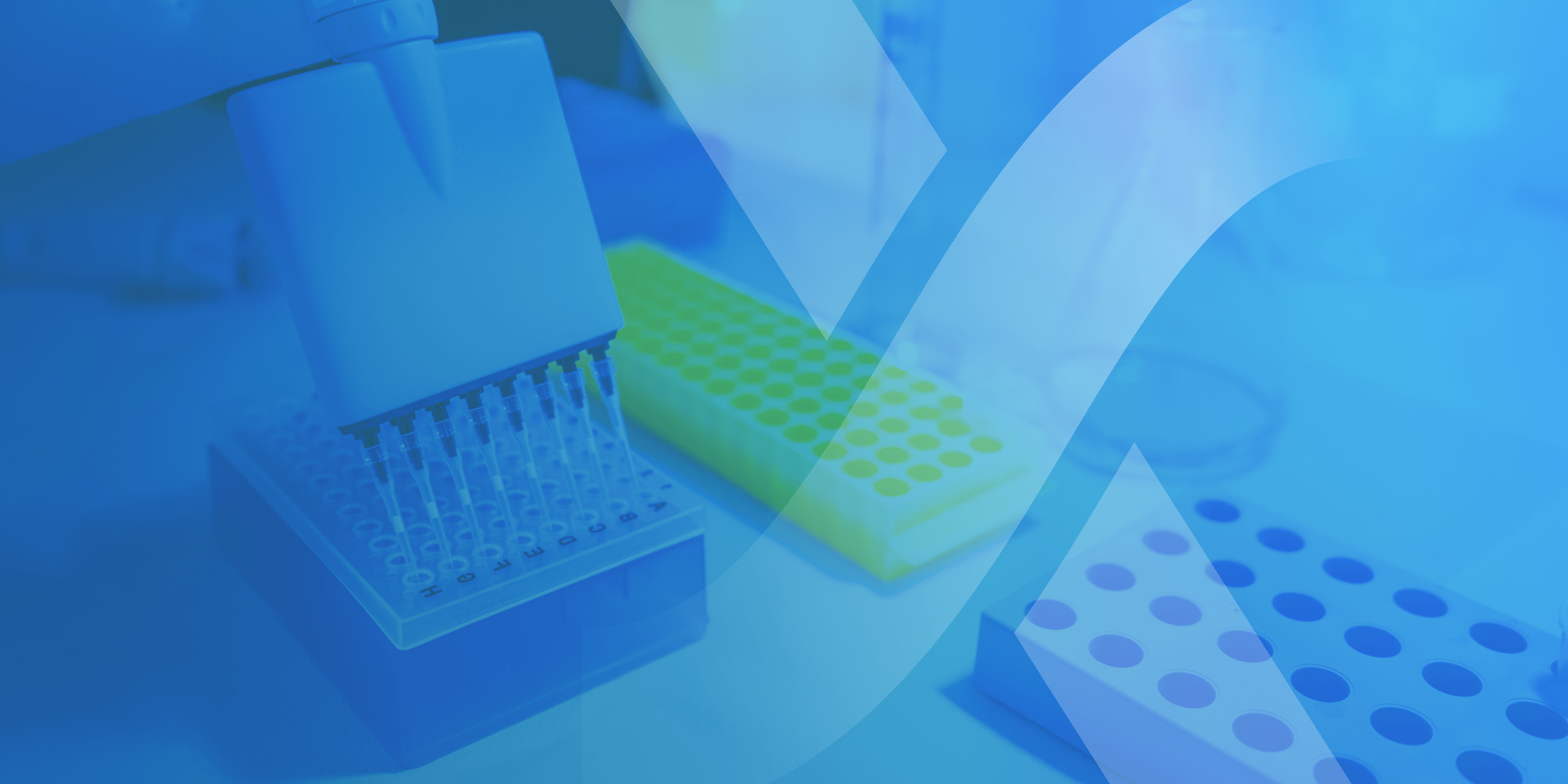
Precision Fermentation (PF) allows us to program microorganisms to produce almost any complex organic molecule
Through PF microorganisms are programmed with genetic engineering techniques to produce fats, proteins or other molecules
Collagen, dairy, fish, meat, eggs and any kind of protein imaginable can all be produced by Precision Fermentation.
Microorganisms like yeast, algae or bacteria are programmed with genetic engineering techniques like CRISPR, gene editing or cloning.
They are then fermented in brewery-style fermentation tanks to produce a range of fats or proteins that are biologically similar to animal products.
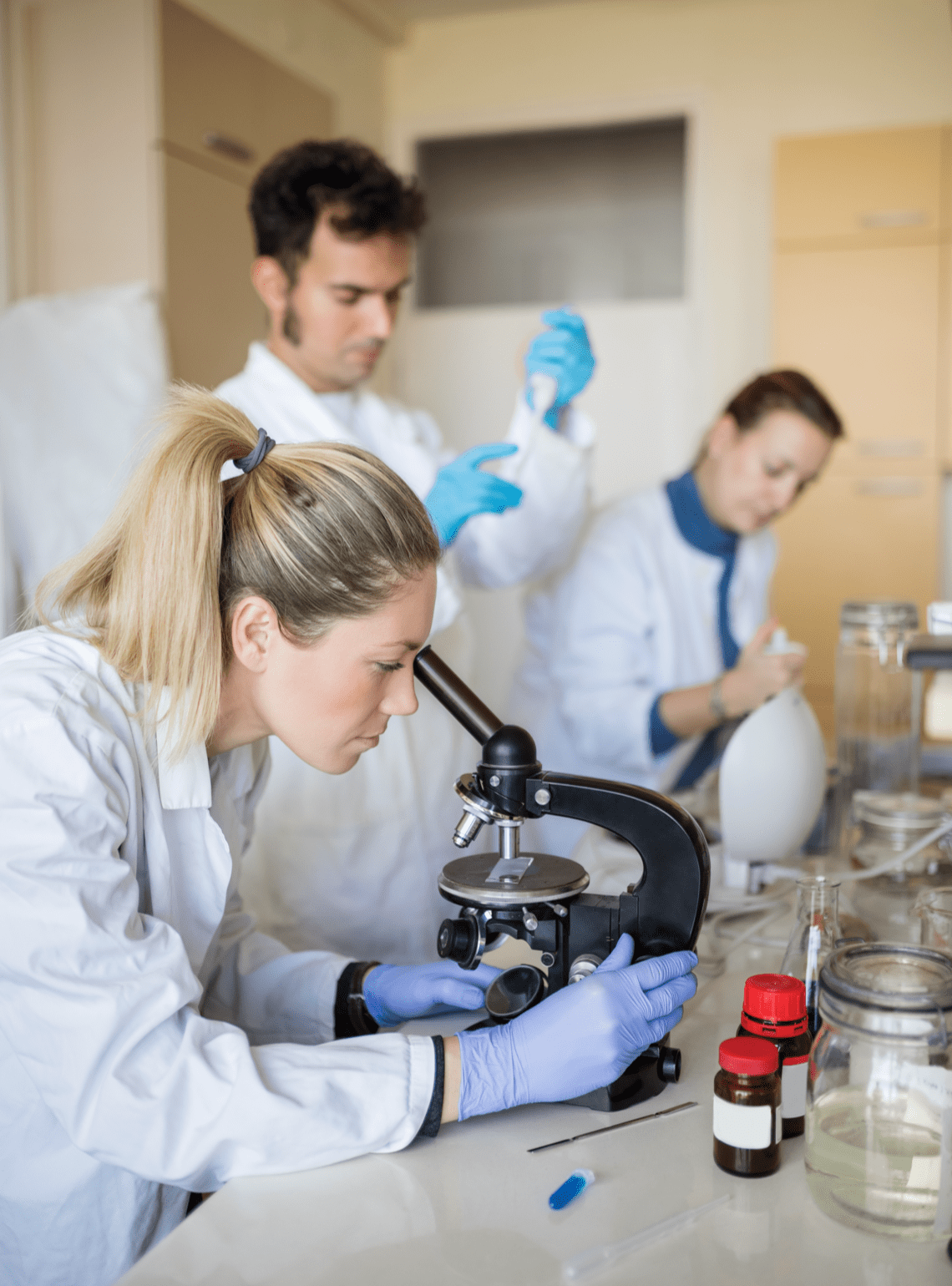
PF technology shifts the production of proteins, fats and other products from animals to bioreactors
The conditions within and around these bioreactors must be carefully controlled.
While production within large industrial bioreactors is more efficient than within an animal’s body, the conditions of these bioreactors must be carefully controlled in much the same way that a warm-blooded animal’s nervous system must regulate its body temperature.
Environmental control of this kind requires a substantial amount of energy.
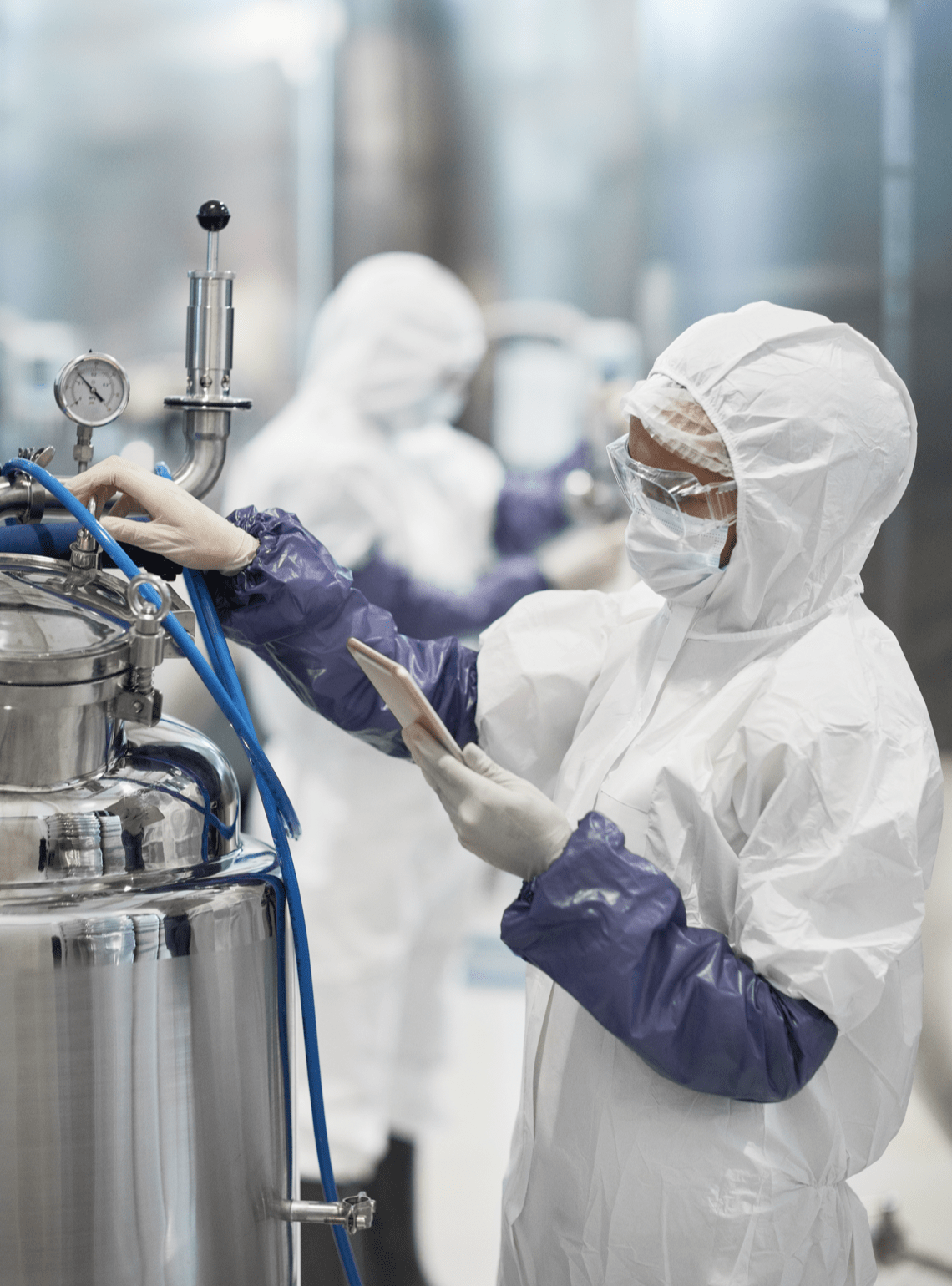
Precision Fermentation's output: What does the PF process produce?
The functional protein or other type of molecule produced through PF is usually produced in relatively small amounts compared to the total volume of a bioreactor.
However, it can also be used in minute amounts as an ingredient in other products.
- A facility's output will often be individual ingredients that are then sold to other businesses to make products.
- After the fermentation process ends there is often a much higher volume of microorganisms than there is of the desired ingredients. Some companies capitalize and focus exclusively on this biomass, as it can be dried and formed into high-protein food, feed or material products.
- Single-cell agriculture and the production of mycoprotein using fungal microorganisms is one of the most established technologies for creating meat alternatives. It often has far greater yields for similar inputs.
Cellular Agriculture vs Precision Fermentation
Cellular agriculture, another emerging technology, makes whole muscle cuts of meat and fish by growing the animal cells outside an animal in a bioreactor.
Unlike Precision Fermentation, a kilo of cell-based meat is a whole product and will be purchased in similar amounts to cuts of meat. But growing cells is more challenging than fermenting microorganisms, partly because it is difficult to get cells to proliferate in large volumes with high cell density. This can make the yields lower even though the output is a finished product.
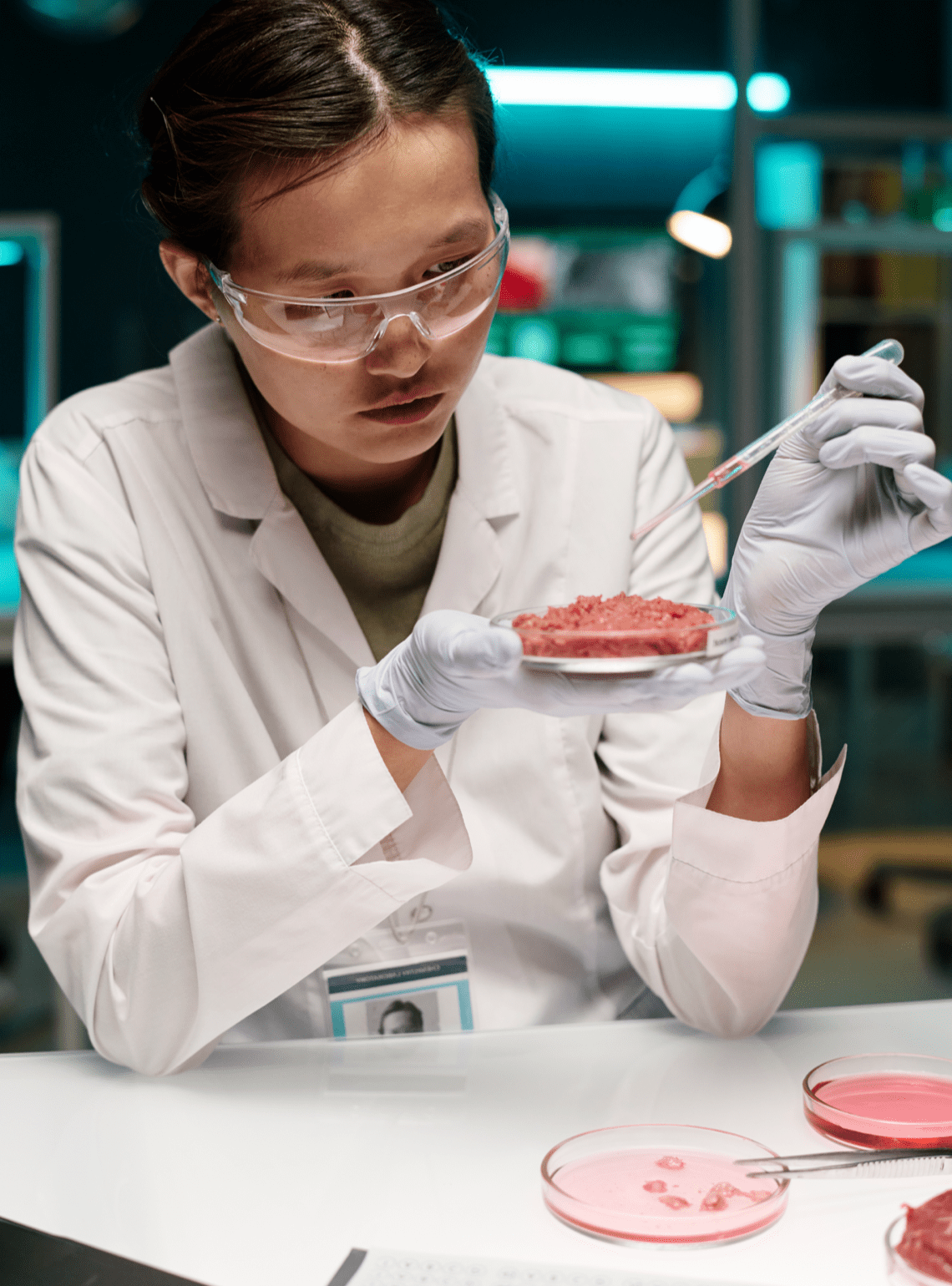
PF combines artificial intelligence and machine learning with modern biotechnologies
Precision biology is the combination of our knowledge of information technologies and biotechnologies.
Modern information technologies like artificial intelligence (AI), machine learning and the cloud have been combined with modern biotechnologies like genetic engineering, synthetic biology, metabolic engineering, systems biology, bioinformatics and computational biology to create Precision Fermentation.

PF scientists program microbes to act as highly efficient food factories
Scientists have used their growing understanding of precision biology to study genetic information. In PF, microbes are programmed to consume the genetic information scientists give them (from a plant, animal or something else) to create a brand new substance or product.
Scientists use precision biology to understand genetic information, including the proteins and other molecules that make up our plants and animals. Scientists then store this genetic information in massive searchable databases. This information is then copied, edited and pasted into genetic sequences, and then into microbes who act as highly efficient factories, acting on single plant or animal cell to create a new substance or product.
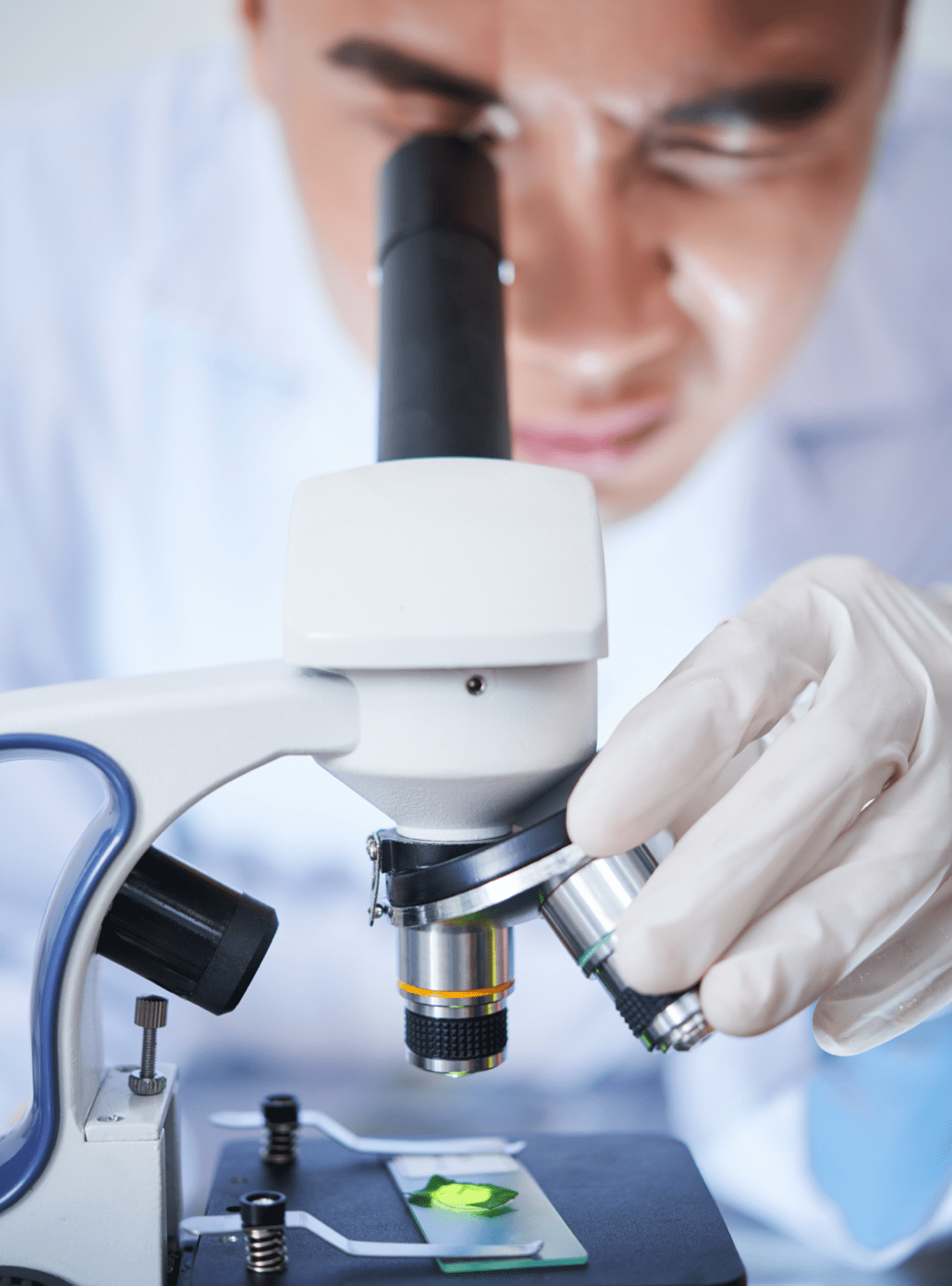

Through Precision Fermentation, scientists are able remove the harmful or unwanted qualities of a food or product, and add in beneficial qualities which they want to enhance. In this way, Precision Fermentation can create products that can look, feel or even taste better.




















-min-1.png?width=732&name=Copy%20of%20Website%20imagery%20-%20Featured%20Image%201200x628%20(3)-min-1.png)
-min-2.png?width=732&name=Copy%20of%20Website%20imagery%20-%20Featured%20Image%201200x628%20(2)-min-2.png)
-min-1.png?width=732&name=Copy%20of%20Website%20imagery%20-%20Featured%20Image%201200x628%20(4)-min-1.png)

